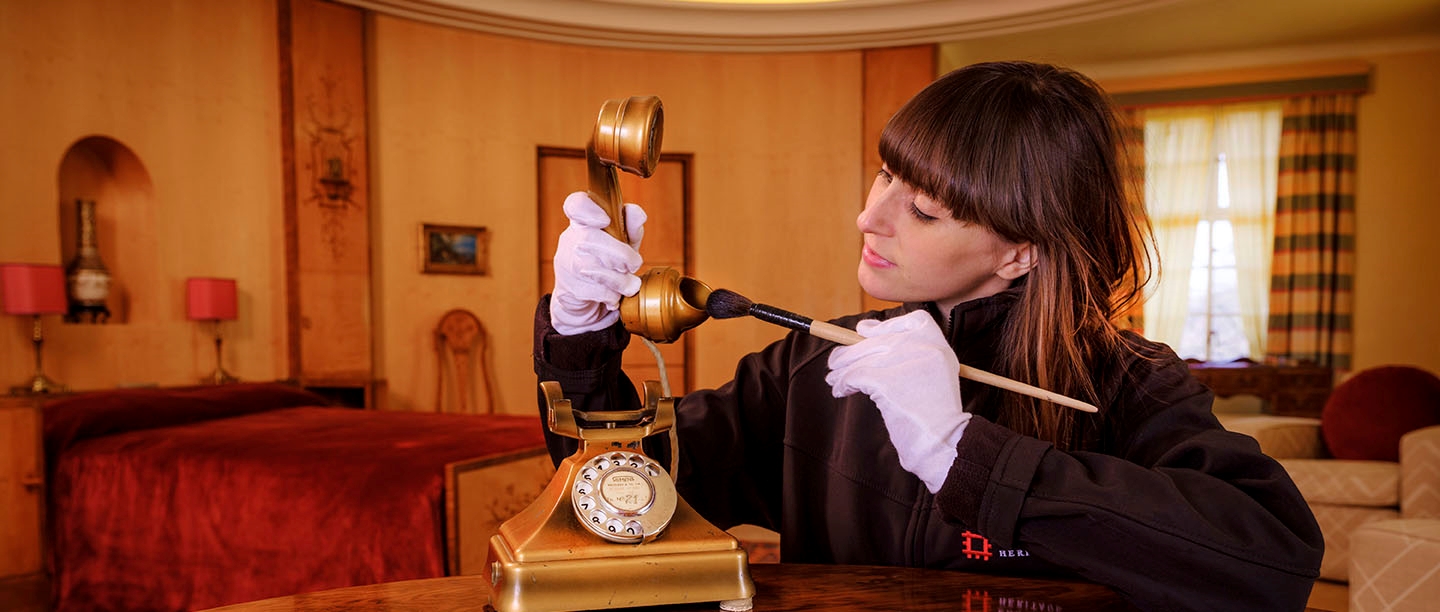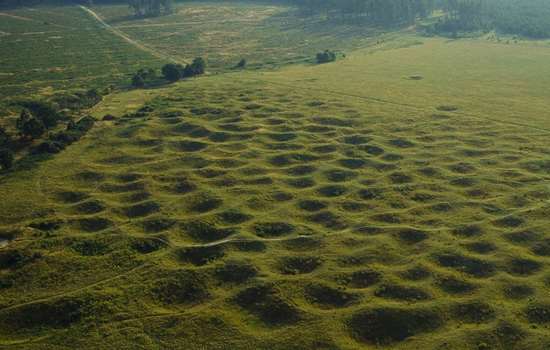Ingenious Places to Visit
Discover the places where the story of human ingenuity comes to life. Explore the prehistoric monuments built by our ancestors, and follow the story of England right through to the 21st Century at Dover's Secret Wartime tunnels and York's Cold War Bunker.
Search all places-

Secret Wartime Tunnels at Dover Castle
Dover Castle is the site of a Roman lighthouse, a great medieval fortress, and the underground command centre that controlled the evacuation of troops from Dunkirk in 1940.
-

Housesteads Roman Fort
Step back in time to the days of the Roman Empire. Wander the barrack blocks and the hospital, and peer into the oldest toilets you'll ever see with examples of Roman sanitation.
-

Grime's Graves - Prehistoric Flint Mine
The only Neolithic flint mine open to visitors in Britain, this grassy lunar landscape of 400 pits was originally dug over 5,000 years ago and later named Grim's Graves by the Anglo-Saxons.
-

Audley End House and Gardens
An early example of domestic technologies such as central heating, flushing toilets and piped hot water, with grounds designed by innovative landscape architect Capability Brown.
Discover our ingenious history
Explore how human ingenuity has shaped history and the modern world, from the first Neolithic tools to modern medicine, warfare and domestic technology.
Timeline of Human Ingenuity
About 4000 BCNeolithic Miners Dig Deep for Flint
From earliest times people used flint to make tools, but from about 4000 BC Neolithic miners were beginning to mine to reach the higher quality flint that was found underground. Around 4,500 years ago over 400 pits were dug at Grime's Graves in Norfolk - the only Neolithic flint mine in Britain now open to visitors.

About 2500 BCRaising the Stone Circle at Stonehenge
Monuments like Stonehenge reveal the sophisticated building techniques of our Neolithic ancestors. Transporting the stones to the site, raising the stone circle and erecting Stonehenge’s unique trilithons involved great engineering ability as well as organisational skill.

See our Ingenious Objects
Here's a small selection of some of the fascinating objects on display at our historic places across the country, but there are plenty more to discover.
Find a place to visit and uncover more artefacts that tell the story of England.
Objects in Action
From Neolithic crafts to recipes cooked in a Victorian kitchen, watch as objects from the past come to life in the hands of skilled creators.
Subscribe to our YouTube channel to be notified when we upload a new video.
Discover our collections
At any one time we have around 100,000 artefacts on display across our historic places. Explore samples of our vast collections below and get a taste of what we have on offer before you decide to visit in person.
You can also go behind the scenes at two of our collection stores to find out more about the objects in our care, and how we meet the challenges of caring for them. Find out more about visiting the Wrest Park Archaeological Collections Store or the Helmsley Archaeology Store in Yorkshire.
-

Stonehenge
Spend a whole day in history by exploring the unique collections housed at the Salisbury and Wiltshire Museums before heading to one of the world's most iconic monuments – Stonehenge.
-

Apsley House
Apsley House is filled with a huge range of priceless artefacts, including rare paintings, silver centrepieces and incredible examples of sculpture.
-

Kenwood
Kenwood's collection includes sculpture, furniture and jewellery as well as internationally renowned paintings by artists including Rembrandt, Vermeer, Van Dyck, Gainsborough and Reynolds.
-

Chesters Roman Fort
The Clayton Collection at Chesters Roman Fort houses a wide range of objects, inscriptions and sculpture - with an especially diverse range of Roman religious material.
















